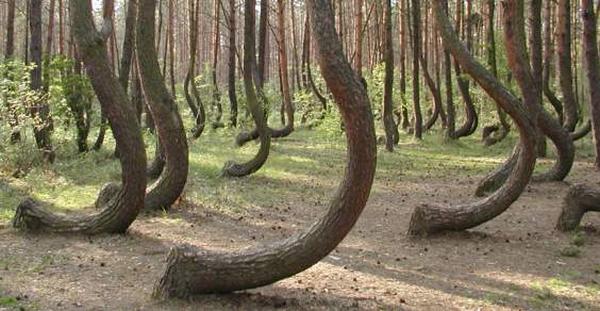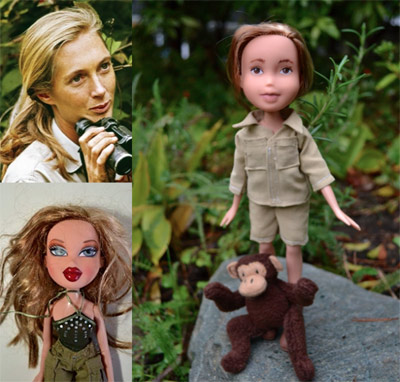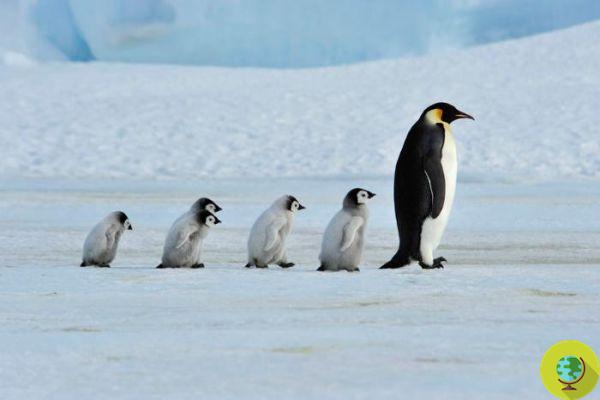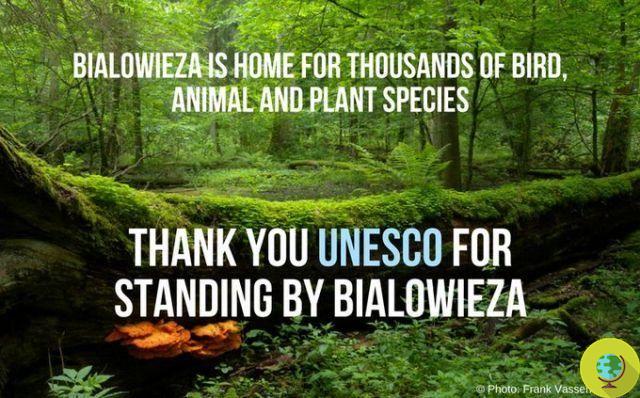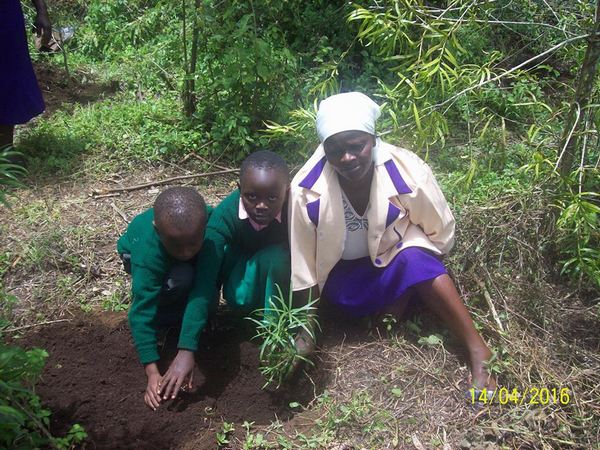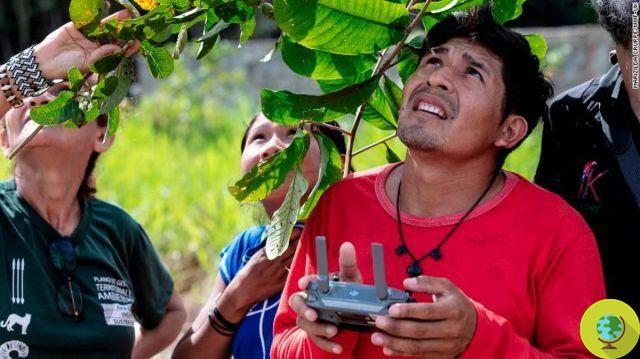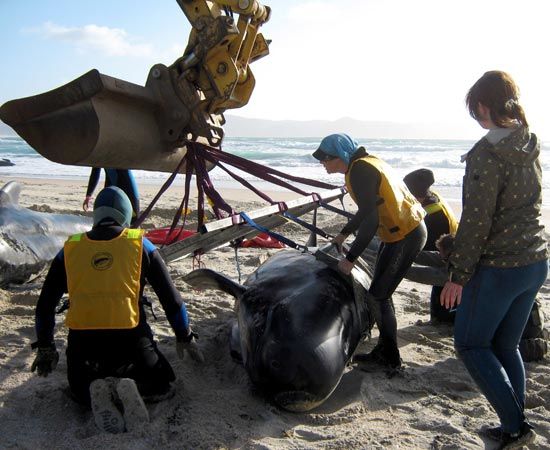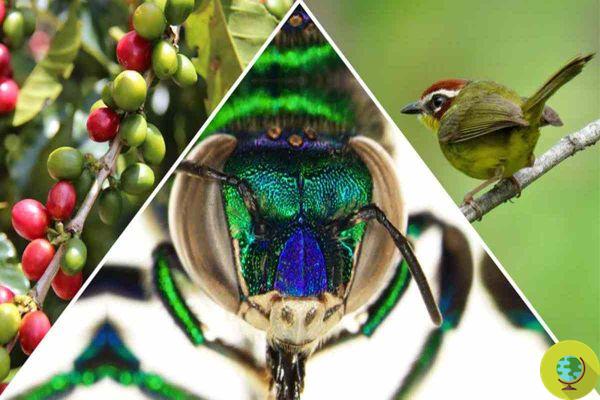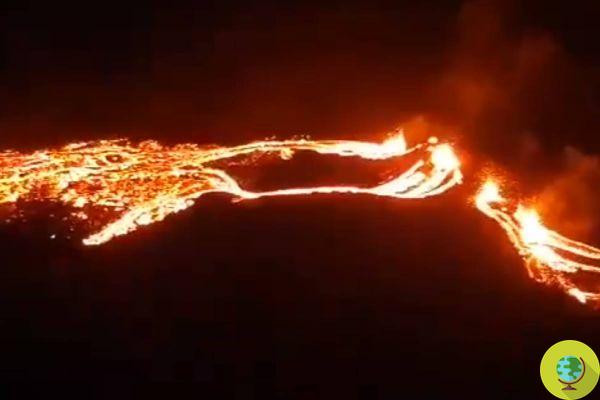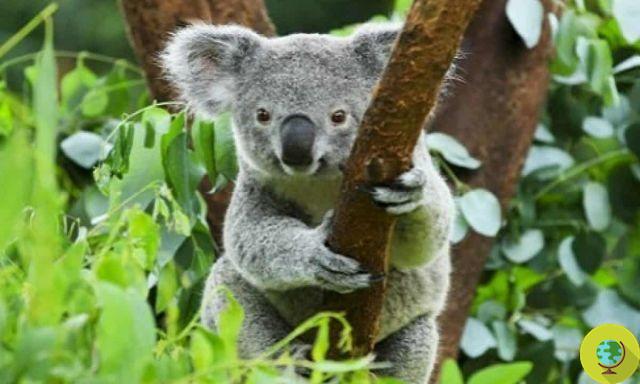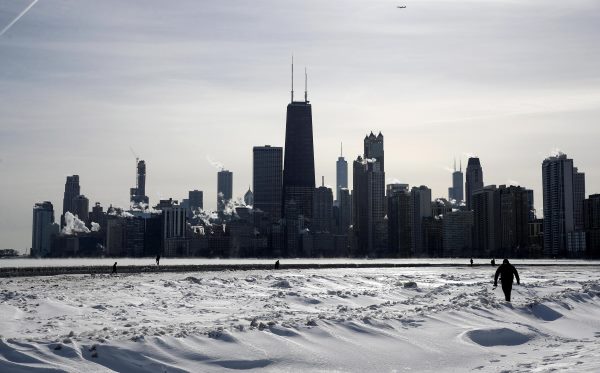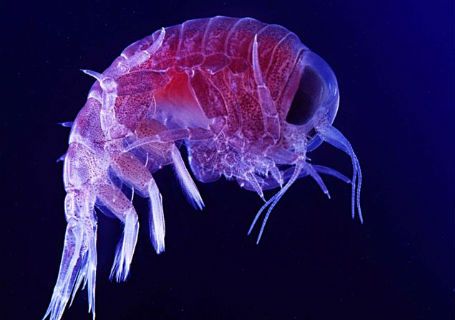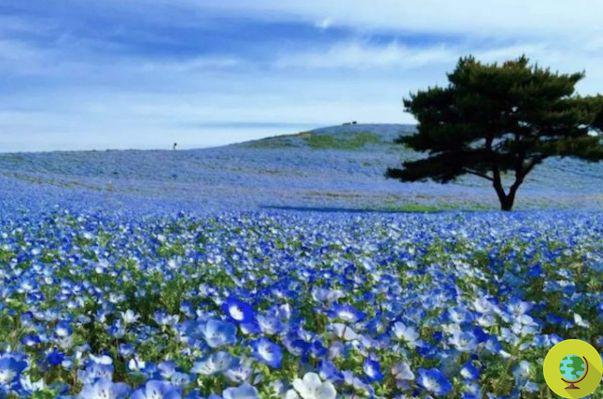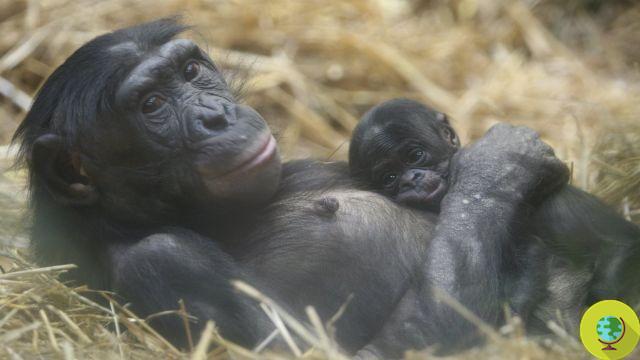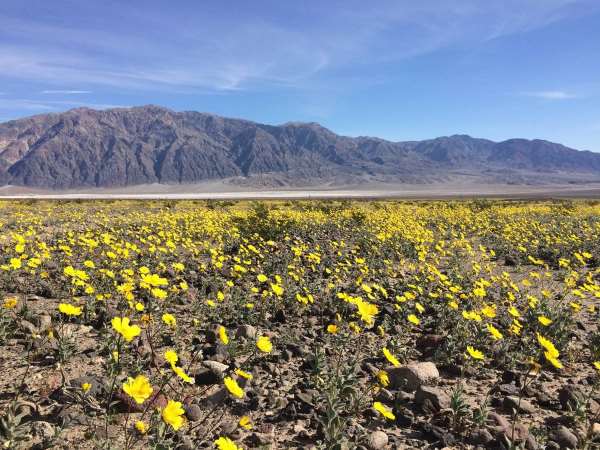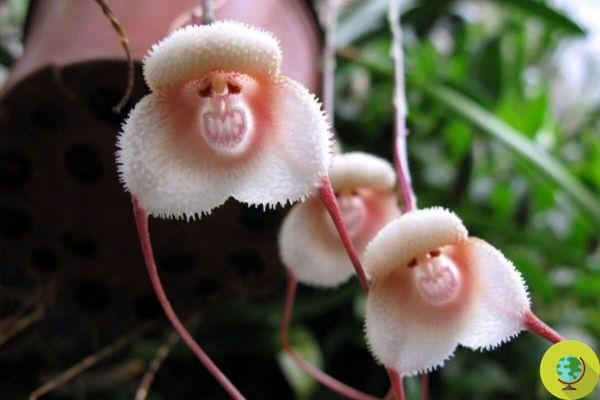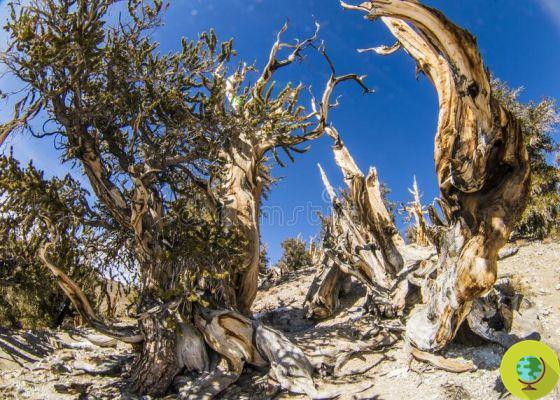Following the atomic bombing of Hiroshima on August 6, 1945, Manhattan Project scientist Dr. Harold Jacobsen told the Washington Post that the places hit by the atomic bomb would remain completely devoid of any life form for the next 75 years. .
He is about to end up run over, his mother saves himFollowing the atomic bombing of Hiroshima, which occurred on August 6, 1945, Dr. Harold Jacobsen, scientist with the Manhattan Project, told the Washington Post that the places affected by the atomic bomb they would stay completely devoid of any form of life for the next 75 years.
Evidently nature had very different plans. Despite the explosions and radiation caused by the bombing, in the course of the following spring, much to the surprise of the witnesses of the phenomenon, among the ruins of the city began to emerge new shoots. With their rebirth, they were able to give a message full of hope to the survivors of the disaster, that they could begin to think about the possibility of rebuilding their city.
Today, more than sixty years after the atomic bomb was dropped, Hiroshima is one city at the same time modern and green. Many of the trees that were planted in the city, they represented a gift from those who came from other parts of Japan, or from abroad. But hundreds of the trees still present in Hiroshima today they were already there at the time of the explosion of the bomb and, although damaged and with broken branches, they managed to survive and to reinvigorate afterwards.
These are trees that were located at a radius of approx 2 kilometers from the point of the explosion. Now they have been officially registered like trees hit by the atomic bomb. Each of them is named “Hibaku Jumoku”, namely "Surviving tree", and is identified with a appropriate plate.
In Hiroshima there are approx 170 trees survived the explosion, belonging to 32 different species.
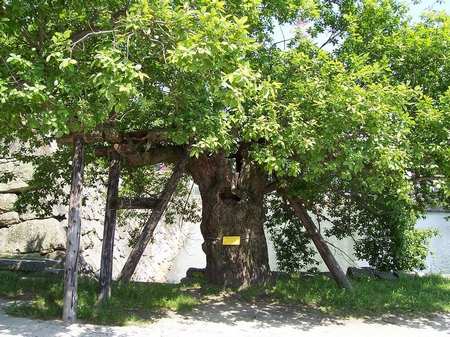
The tree that was closest to the atomic bomb blast zone is a weeping willow, reborn from its own roots after being almost completely annihilated.
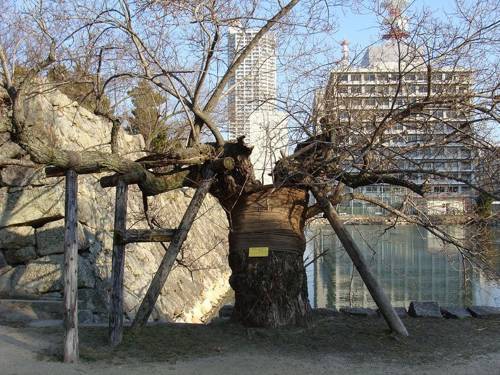
I semi from surviving trees are shared by the inhabitants of Hiroshima and planted in Japan or in other areas of the world, in a symbolic act that testifies how new life can be born from destruction.
READ also:
- The 10 strangest trees in the world
- Secular trees: their protection is finally law




